[grwebform url=”https://app.getresponse.com/view_webform_v2.js?u=zZ4xV&webforms_id=18433203″ css=”on” center=”off” center_margin=”200″/]
Following a SCI, common symptoms include loss of motor function and sensory function below the level of the injury. This results in the inability to perform certain physical activity, so alternative means of physical activity must be sought.
This is medically necessary to maintain physical condition and to minimise concomitant medical complications, which can have serious health consequences and be costly to resolve (DeVivo, Whiteneck & Charles, 1995).
Functional Electrical Stimulation (FES)
Once a patient has sustained a SCI and is stabilised, upper and lower extremity mobilisation can be achieved by use of a cycle ergometer powered by a patient’s own muscle strength evoked by Functional Electrical Stimulation (FES), provided the peripheral nerve supply is intact allowing the patient to respond to electrical stimulation.
With the electrical stimulation strong, coordinated muscle contractions can be evoked in the shoulders and arms as well as the legs (including gluteal muscles). A positive upper and lower extremity response to electrical stimulation is supportive of future benefits of a FES home program.
Improvements from FES cycling
With regular, continuous and prolonged use of FES cycling, individuals with a SCI can experience:
- 10% increase in muscle mass (Simmons, 2017; Skold et al., 2008).
- 59% increase in circulation (Simmons, 2017).
- 90% reduction in pressure sores (Petrofsky, 1992).
- 68% reduction in spasticity following single session (Krause et al, 2008), and long-term use (≥6 months) can restore EMG activity to the equivalent of able bodied individuals (Popovic-Maneski et al., 2018).
- 20-35% increase in VO2 Max (Mutton et al., 1997, Hooker et al., 1995, Goss et al., 1992, Pollack et al., 1989).
- 2% reduction in fasting glucose (Simmons, 2017)
- 1% increase in left ventricle size (i.e. increased cardiovascular efficiency) (Danopulos et al., 1986).
- 10-18% increases in bone mineral density (Frotzler et al. 2008, Chen et al, 2005).
Best FES system
The RT300-SLSA from Restorative Therapies is suitable for home use and is considered to be the best FES cycle ergometer for the following reasons:
- The patient is able to cycle directly from their wheelchair and does not need to have a caregiver assist in transfers.
- RT300 has motor support which assists the patient during warm up and cool down.
- RT300’s software makes adjustments of parameters via auto-progression, allowing patient progression with each session.
- Settings on RT300’s computer are capable of being observed and adjusted from a satellite facility utilising a HIPAA compliant Internet-based database system by the therapist.
- A patient’s use of RT300 is monitored by professionals ensuring compliance along with safety and effectiveness of the system.
Find out more about the RT300-SLSA and our other FES systems
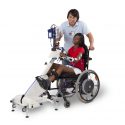
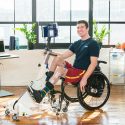
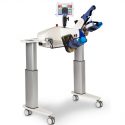
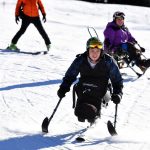

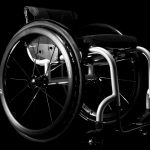

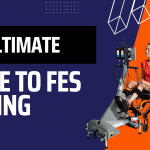
Recent Comments